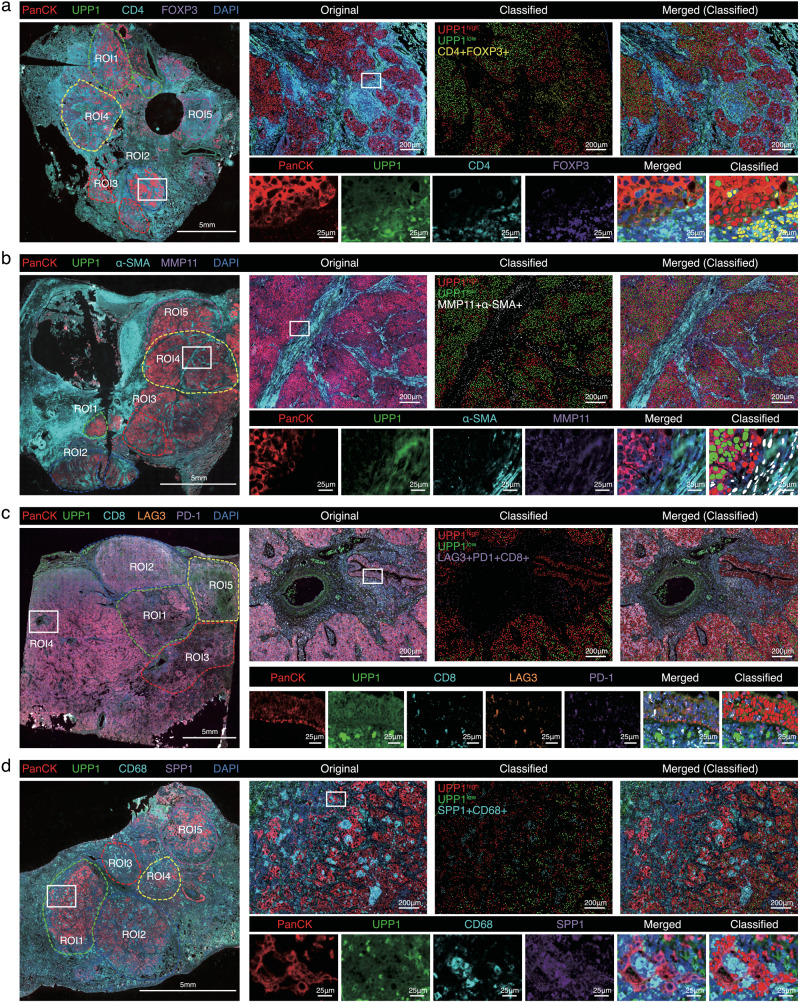Fig. 2. Multiplex immunofluorescence staining (mIF) on LUAD patient samples assesses the spatial correlations between UPP1 tumor cells and related cell populations.
a mIF of PanCK/UPP1 (UPP1high/low tumor cells), and CD4/FOXP3 (FOXP3 + CD4 + T cells) (n = 15), representative images shown. b mIF of PanCK/UPP1 (UPP1high/low tumor cells), and α-SMA/MMP11 (MMP11+ fibroblasts) (n = 15), representative images shown. c mIF of PanCK/UPP1 (UPP1high/low tumor cells), and CD8/LAG3/PD-1 (LAG3 + PD-1 + CD8 + T cells) (n = 15), representative images shown. d mIF of PanCK/UPP1 (UPP1high/low tumor cells), and CD68/SPP1 (SPP1 + CD68+ macrophages) (n = 15), representative images shown. The image on the far left represents a panoramic scan, with the ROIs indicating the selected areas. Scale bars = 5 mm. The image on the upper right represents a magnified portion of the white square in the panoramic scan on the left, which is displayed as an original image, classified image, and merged image. Scale bars = 200 μm. The images below represent further magnified views of each antibody staining channel from the selected area. Scale bars = 25 μm. For the ROIs of each section, the spatial distances between the tumor cells and the immune/fibroblast cells were calculated.

